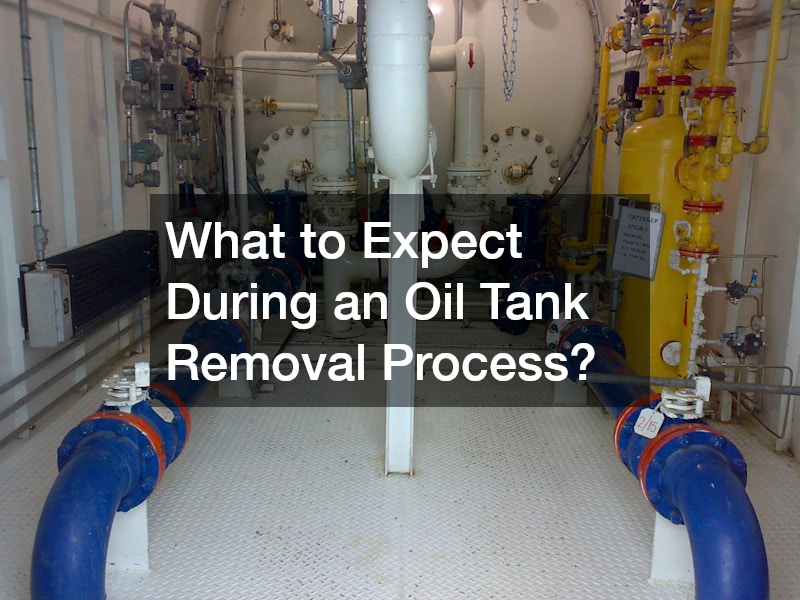
Removing an oil tank from your property can be an essential step for several reasons, from environmental concerns to preparing for new construction. Oil tank removals are not just about removing the physical structure; they involve addressing environmental regulations and potential soil contamination. Understanding the oil tank removal process can help property owners navigate this significant task effectively.
Video Source
In this article, we will delve into the steps you can expect during the oil tank removal process, why it is necessary, and what preparations might be needed. Knowing the details can mitigate surprises and help ensure everything goes smoothly.
The first step in the oil tank removal process is conducting a comprehensive assessment of the site. A professional will arrive to inspect the existing oil tank, assessing its size, age, and the materials surrounding it. This evaluation also checks for any signs of leaks or contamination, which could pose risks for both safety and environmental compliance. Specialists may use tools such as soil sampling methods to determine if any contaminants have seeped into the ground. An accurate initial assessment is crucial for both the planning of the removal process and any potential remediation of affected soils.
Once the assessment is complete, the company will provide an estimate of costs and outline the steps necessary for removal. This estimate typically includes labor, disposal fees, and any additional testing for soil contamination that may be required. Property owners should ask questions and clarify any aspects of the removal plan they do not understand before proceeding. The initial assessment plays a vital role in determining the total duration and complexity of the project. It sets the groundwork not just for the removal but also for ensuring compliance with local regulations.
In preparation for the oil tank removal, several key factors must be considered. First, you will need to clear the area around the tank to allow for safe access. This may involve moving outdoor furniture, landscaping features, or other potential obstacles that could interfere with the removal process. Clear access not only aids in the logistics but also enhances safety, making it easier for the trained professionals to work efficiently. Homeowners should be proactive during this stage to avoid potential delays.
Next, it is vital to ensure that the tank is properly emptied and cleaned of any residual oil. This step is typically conducted by the removal company, often focusing on the complete removal of contents to prevent spills during extraction. The cleaning process further involves the disposal of any remaining fuel in accordance with local environmental laws. In instances where contaminated soil is identified, additional measures like soil remediation may be needed to address the issue. Proper cleaning and disposal are crucial to minimizing environmental impacts throughout the oil tank removal process.
Once preparations are complete, the physical removal of the oil tank will commence. Crews will begin the process by using specialized excavation equipment to access the tank directly. Depending on the tank's location and size, the removal might require digging down to expose and extract the tank entirely. The equipment used is crucial for ensuring that the process is conducted efficiently and safely while minimizing disruption to the surrounding area. As professionals carry out the removal, they will also continually monitor any signs of soil contamination.
A critical component of the execution phase is ensuring that all materials removed from the site are handled according to environmental regulations. This typically involves not just the tank itself, but also any contaminated soil that may have been disturbed during the extraction. Proper disposal practices will be followed, which could include transferring the tank to a licensed recycling center or maintaining it in a designated hazardous waste facility. Documentation of each step in this phase is important for compliance and for the property owner’s records. Adhering to regulations not only helps the environment but also protects the homeowner from potential liabilities.
Finally, once the tank has been removed, a final assessment of the site will usually be conducted to check for possible residual contamination. This step ensures that the land is safe for future use, strengthening the integrity of the surrounding environment. If contamination is found, additional soil remediation efforts may be needed before the area is deemed safe. Completing the oil tank removal process typically concludes with final documentation of the project, including any remediation efforts undertaken. This comprehensive approach ensures that property owners can confidently move forward knowing that their property meets safety and regulatory standards.
